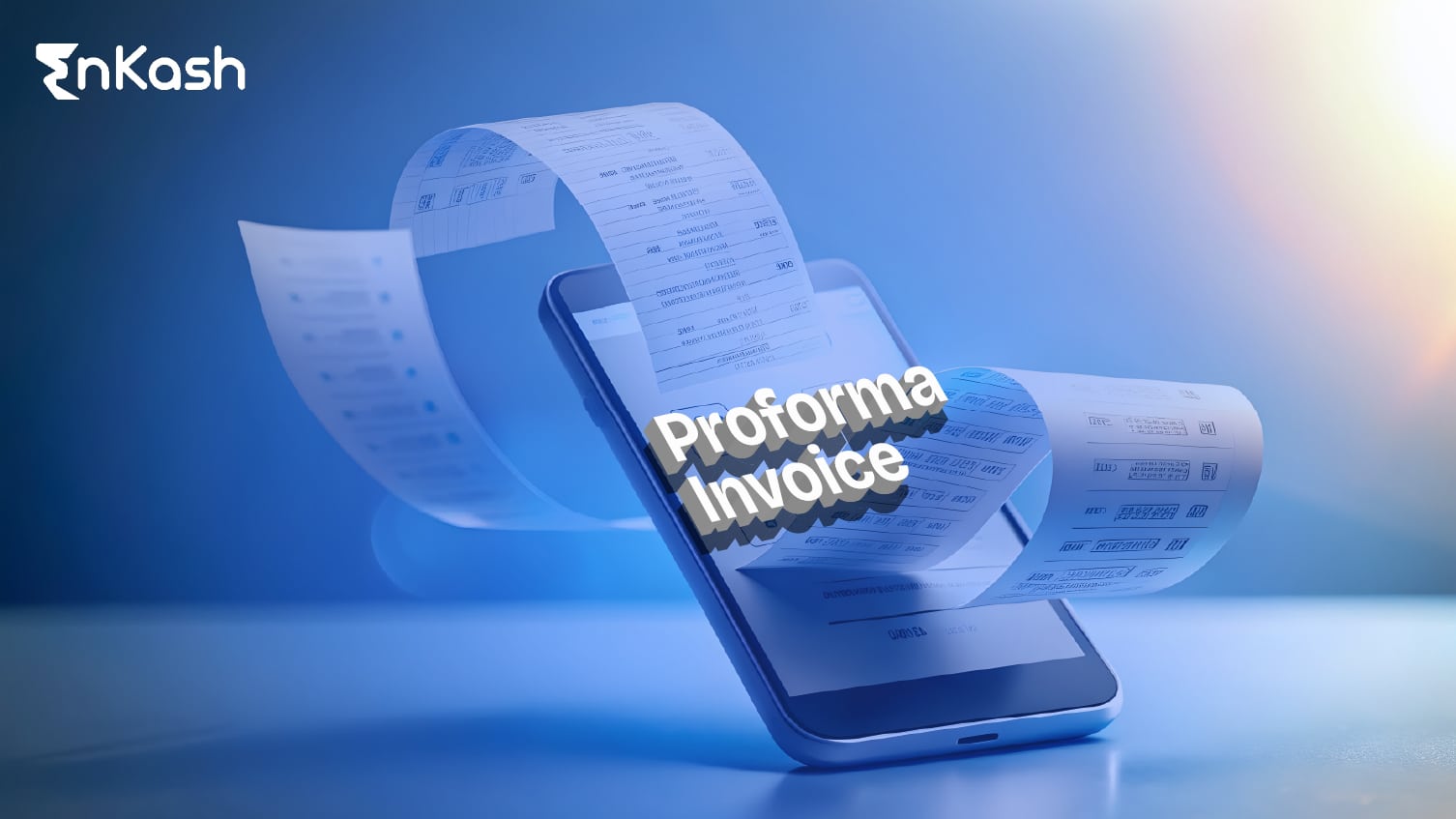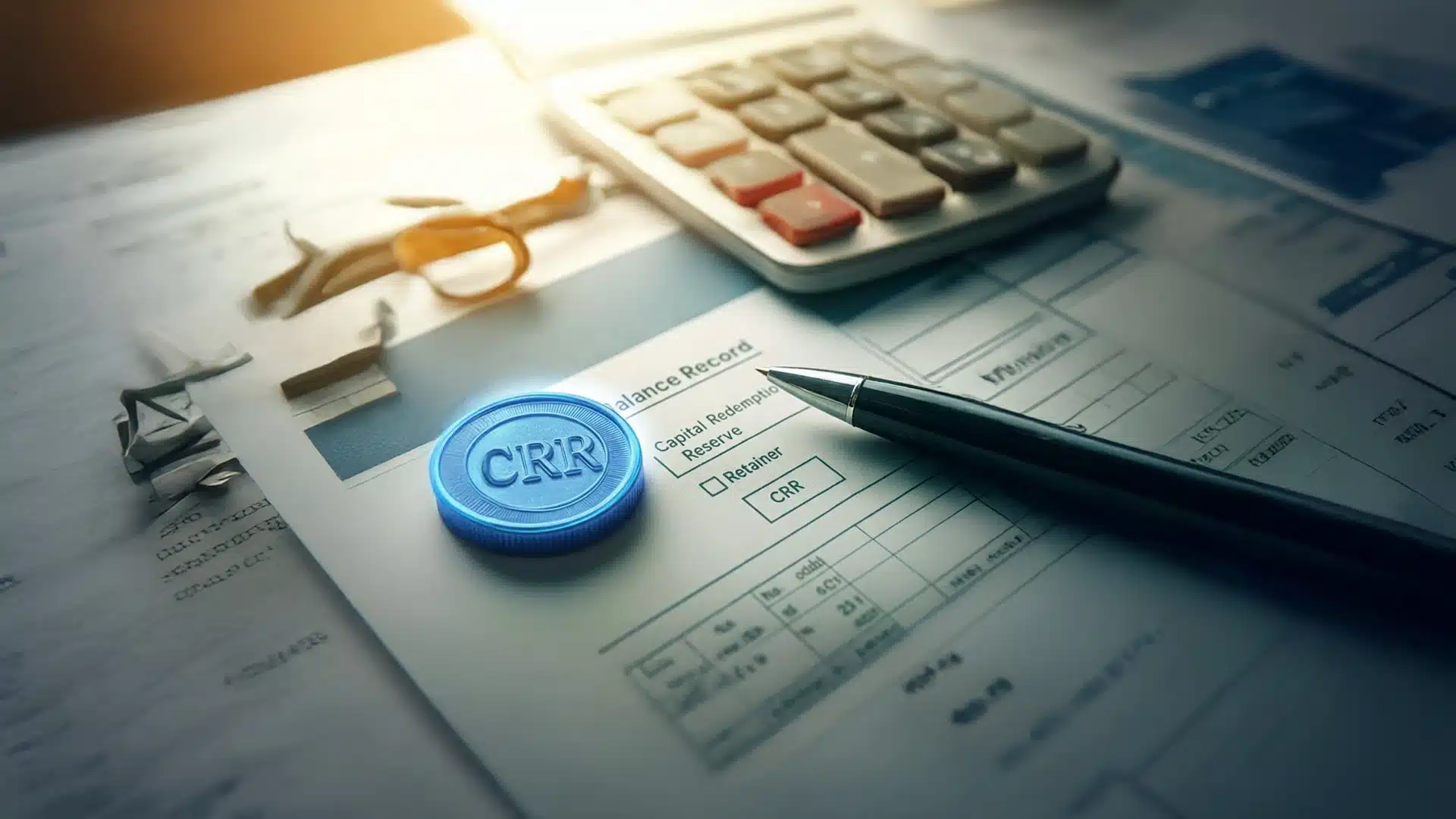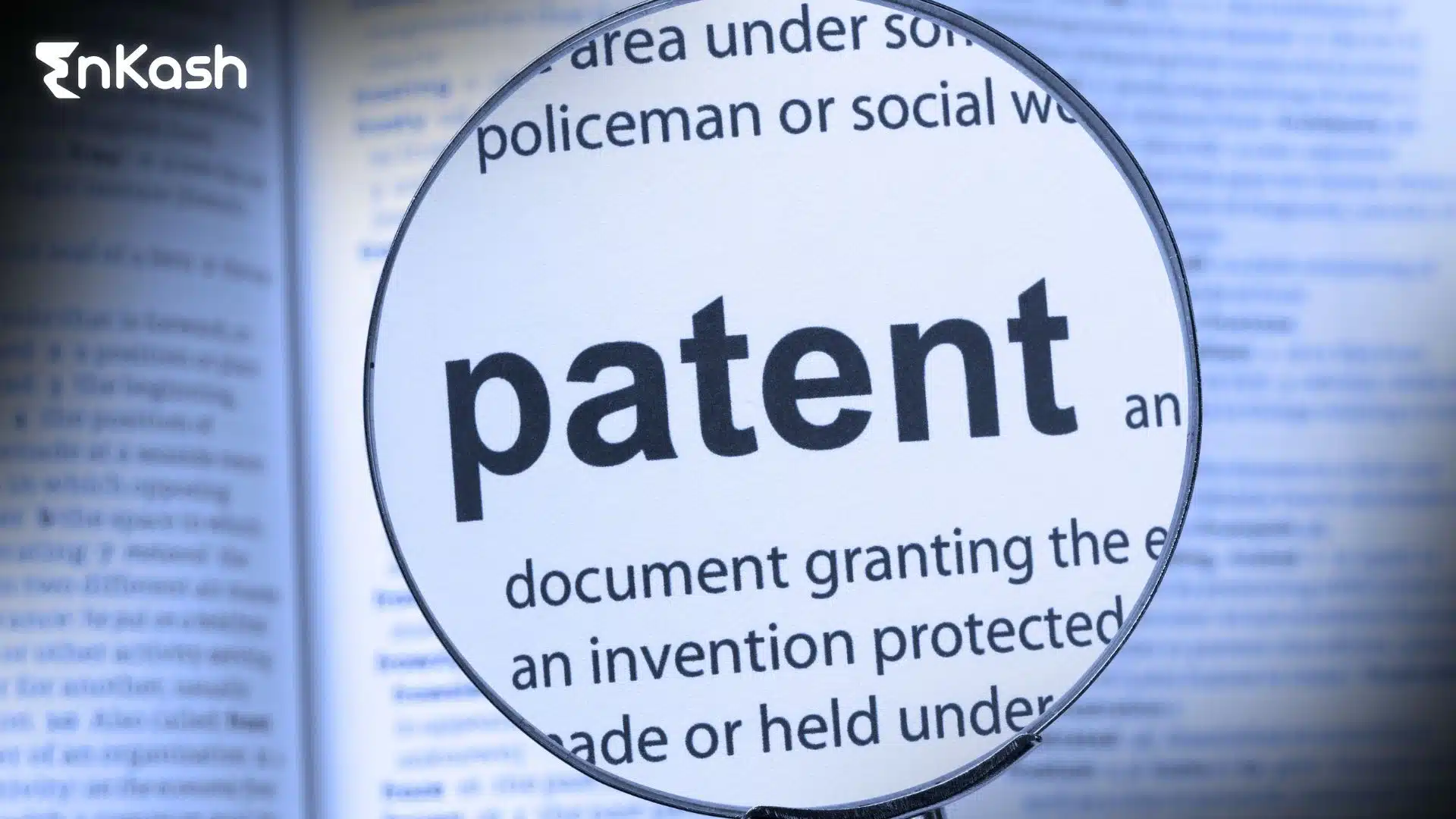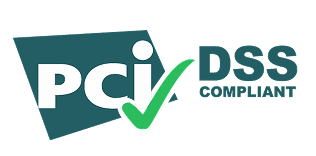What Is a Proforma Invoice?
A proforma invoice is a document a seller shares with a buyer before the final sale happens. It’s not a bill or a demand for payment; it’s a detailed quotation-style document used before a sale is finalized.. Businesses use it to help buyers understand the full cost of a product or service before the transaction begins.
For example, if a company in India is exporting goods to another country, the proforma invoice helps the buyer know exactly what to expect and prepare for import duties or approvals. It sets clear expectations for both sides, making trade smoother and more transparent.
Purpose and Importance of a Proforma Invoice
A proforma invoice serves as a bridge between a quotation and the final invoice. It helps both the buyer and seller stay on the same page before any money or goods are exchanged.
For sellers, it ensures that the buyer clearly understands the terms such as price, quantity, delivery date, and payment method before confirming the order. This reduces confusion and disputes later.
For buyers, a proforma invoice acts as a clear estimate. It helps in arranging funds, applying for import permits, or getting internal approvals before making the purchase.
In short, it builds trust and transparency in business transactions by showing all details upfront, helping both sides plan and proceed smoothly.
Example Scenarios of Usage
Here are some scenarios that illustrate how a proforma invoice is used: Sometimes, sellers would want a partial payment.
- Pre-Payments: Sometimes, sellers want a partial payment of the contract before fulfilling the order. This is usually expressed in a proforma invoice, setting the terms of the pre-payment and also informing the buyer of what to expect should they make the payment.
- Internal Approvals: In large organizations, approvals from several departments may be required before a purchase can be made. A proforma invoice greatly helps in such a scenario, with an official document that lists the details of the transaction.
In short, the use of proforma invoices allows businesses to provide clarity and flexibility before completing sales, while also helping to manage buyers’ expectations and minimize disputes
Also Read: Cost Accounting
Key Elements of a Proforma Invoice
A well-prepared proforma invoice includes all the details a buyer needs to make an informed decision. While the format may vary by business, some key elements remain common across all:
- Seller Details: Name, address, contact information, and GST or registration number.
- Buyer Details: Name, address, and contact information of the customer or importing party.
- Invoice Number and Date: A unique reference number and the date the proforma invoice is issued.
- Description of Goods or Services: Clear details about what’s being sold, including quantity, unit price, and total value.
- Taxes and Duties: Applicable GST (if relevant on the final tax invoice) and estimated customs duties for the buyer planning..
- Delivery Terms: Estimated delivery date, shipping method, and destination.
- Payment Terms: Mode of payment, advance required (if any), and due dates.
- Validity Period: How long the quoted prices or offer remain valid.
- Signature and Seal: Authorized signature (and seal, if used) from the seller for authenticity.
Including these details ensures the document looks professional and can serve as a reliable reference throughout the transaction process.
Difference Between Proforma Invoice and Tax Invoice
Many people confuse a proforma invoice with a tax invoice, but they serve different purposes in the sales process.
A proforma invoice is a preliminary document issued before a sale is finalized. It gives the buyer an idea of the expected cost and terms but does not create any legal obligation to pay. It’s more like a formal quotation or offer.
A tax invoice, on the other hand, is issued after the sale has been confirmed and goods or services are supplied. It is a legal document used for payment and accounting purposes. A tax invoice must carry the particulars required under Rule 46, CGST Rules (e.g., GSTIN, HSN/SAC, taxable value, tax rate/amount, place of supply). ITC can be claimed only against a valid tax invoice.
Basis |
Proforma Invoice |
Tax Invoice |
Purpose |
Acts as a quotation or estimate before sale |
Issued after sale for payment and record |
Legal Validity |
Not legally binding |
Legally recognized under GST |
When Issued |
Before the sale or shipment |
After the sale or delivery |
Payment Status |
No payment demanded |
Payment is due or completed |
GST Implication |
GST not applicable |
GST must be mentioned and collected |
Used For |
Buyer approval, internal approvals, LC/finance arrangements, import licensing applications |
Accounting, tax filing, and claiming input tax credit |
Also Read: Difference between Cost Accounting and Financial Accounting
How to Create a Proforma Invoice (Step-by-Step)
Creating a proforma invoice is simple once you know what details to include. Here’s how you can do it step by step:
- Add Seller and Buyer Information
Begin with your business name, address, contact details, and GST or registration number. Then, include the buyer’s name, address, and contact information. - Include the Invoice Details
Assign a unique proforma invoice number and mention the date of issue. This helps both parties track the document easily. - List the Products or Services
Clearly describe what you’re selling include quantity, unit price, and total price for each item. Be as specific as possible to avoid confusion. - Mention Taxes and Additional Charges
If any taxes, shipping fees, or duties apply, list them separately to show transparency in pricing. - Add Delivery and Payment Terms
Specify how and when the goods will be delivered, the mode of payment (bank transfer, cheque, etc.), and if any advance payment is required. - Include Validity Period
State how long the offer or prices mentioned are valid. This protects you from market price changes. - Add a Note or Declaration
You can add a short note like “This is a proforma invoice and not a demand for payment.” It clarifies that it’s an estimate, not a bill. - Sign and Seal the Document
End with your authorized signature and company stamp to make the document official.
Once ready, you can share the proforma invoice as a PDF or print copy with your buyer.
Common Mistakes to Avoid When Issuing Proforma Invoices
While proforma invoices are useful, some mistakes in their issuance process could result in complications, delayed payments, or even litigation.
Some common mistakes to avoid when issuing proforma invoices are as outlined below.
Confusing Proforma with Final Invoice
A proforma invoice is non-binding and is to be distinguished from a final invoice. It is not a demand for payment and should never replace a commercial invoice.
Incomplete Information
Incorrect amounts, forgetting payment terms or delivery dates, for instance, can confuse the recipient. Ensure the invoice is duly filled and accurate.
Omitting Validity Period
Not stating a validity period can lead to issues if the terms change. Make it clear how long the proforma invoice is valid to avoid confusion.
Missing Key Terms
Leaving out returns policy or warranty details, for example, is another mistake that can lead to customer dissatisfaction. All terms must be clearly mentioned. It will help manage buyer expectations.
Misuse in Place of Purchase Order
A proforma invoice should not replace a purchase order because the two documents are used for different areas of the transaction process.
Also Read: Balance Sheet Formats
Conclusion
A proforma invoice plays a crucial role in making business transactions clear and reliable. It helps both buyers and sellers understand every detail of a deal before it actually takes place. Listing product descriptions, quantities, prices, taxes, and delivery terms ensures that there are no last-minute surprises or hidden costs.
For sellers, it acts as a professional document that builds credibility and speeds up the sales process. It also helps in securing approvals, arranging logistics, and forecasting revenue. For buyers, it serves as a clear summary of expected expenses, helping them plan budgets, apply for funding, or get internal purchase approvals.
FAQs
1. Can a proforma invoice be used for tax accounting?
No, a proforma invoice cannot be used for tax or accounting purposes. It is not a legally binding document and does not generate tax liabilities. Only a tax invoice issued after the sale is finalized can be used for tax purposes.
2. Is a proforma invoice the same as a quotation?
While similar, a proforma invoice is more detailed than a quotation. A quotation is just an estimate of the price, while a proforma invoice outlines the full terms of the transaction, including taxes, shipping fees, and payment terms.
3. Can a buyer reject a proforma invoice after agreeing to it?
Yes, since a proforma invoice is non-binding, a buyer can still negotiate or reject the terms even after receiving it. The proforma invoice is only a preliminary agreement that can be modified before the final sale.
4. What happens if there are changes after issuing a proforma invoice?
If changes are required, a revised proforma invoice can be issued.. Since it’s not a final invoice, any modifications in price, quantity, or terms can be made easily.
5. How does a proforma invoice help in international trade?
In international trade, a proforma invoice helps streamline customs clearance by providing customs officials with the necessary shipment details, such as the goods’ value and description. It also assists buyers in securing financing and planning for duties and taxes.
6. Is there a specific format required for a proforma invoice?
No specific format is required, but a proforma invoice should include essential details such as buyer and seller information, item descriptions, pricing, payment terms, taxes, and shipping information.
7. Can a proforma invoice be converted into a tax invoice?
Yes. After acceptance, the seller issues a tax/commercial invoice (often referencing the proforma number); that final document is used for payment and tax
8. Are there any industries where proforma invoices are commonly used?
Yes, proforma invoices are frequently used in industries like manufacturing, construction, and international trade, where custom orders or large transactions require detailed terms before finalization.
9. Can multiple proforma invoices be issued for the same transaction?
Yes, businesses can issue multiple proforma invoices if there are changes in the terms of the sale or if negotiations are ongoing. Each proforma invoice reflects the updated terms of the proposed transaction.
10. What happens if a buyer doesn’t confirm a proforma invoice?
If a buyer doesn’t confirm or agree to the terms outlined in a proforma invoice, the transaction doesn’t proceed. The seller will not deliver the goods or services, and no final invoice will be issued until both parties agree.








